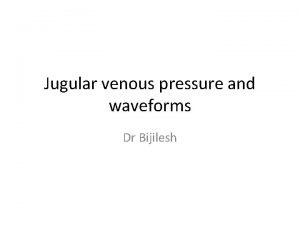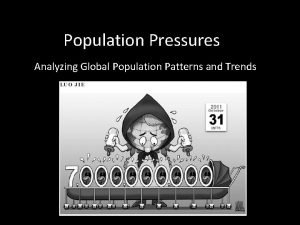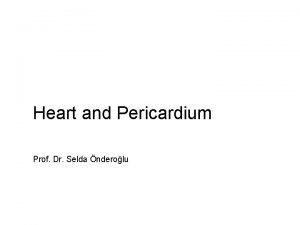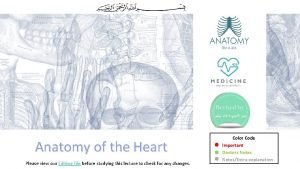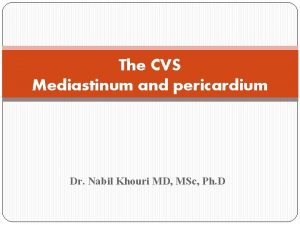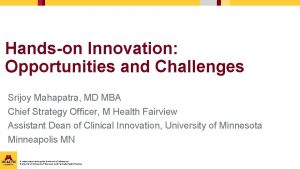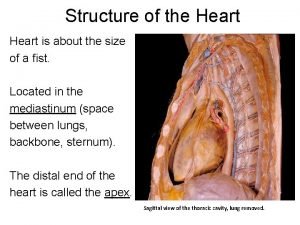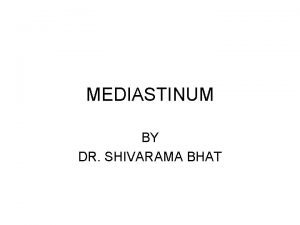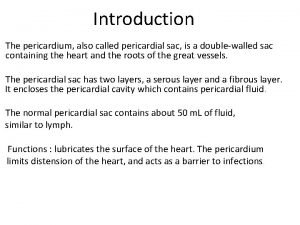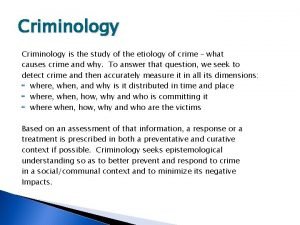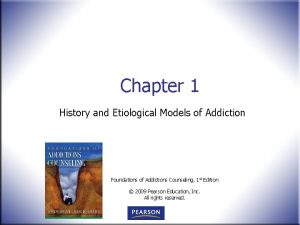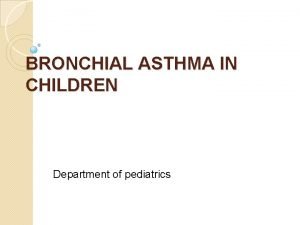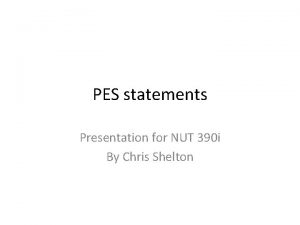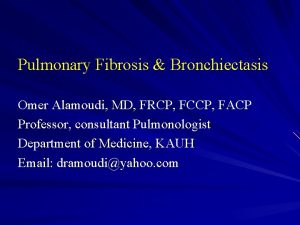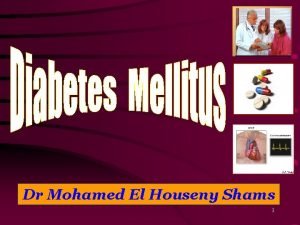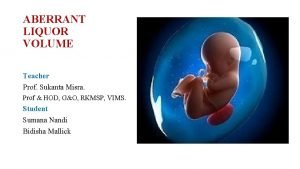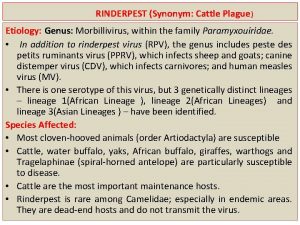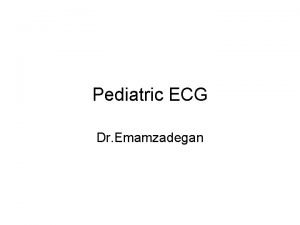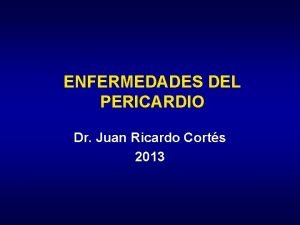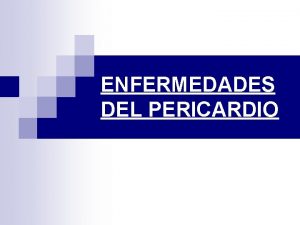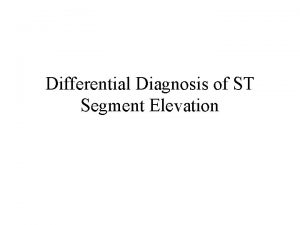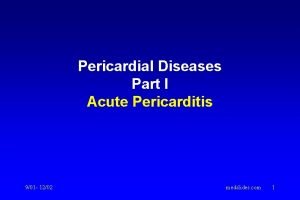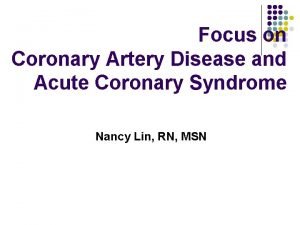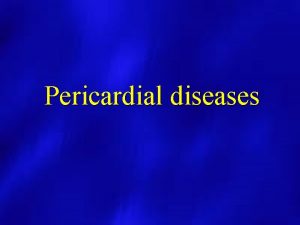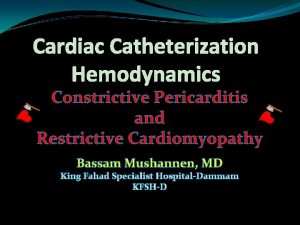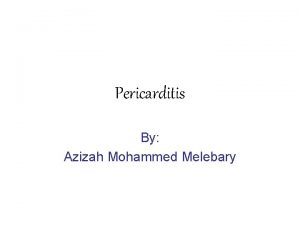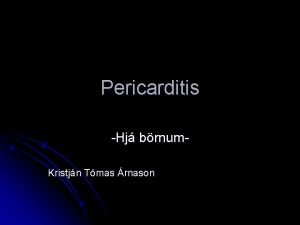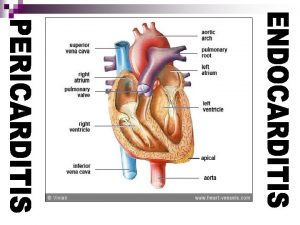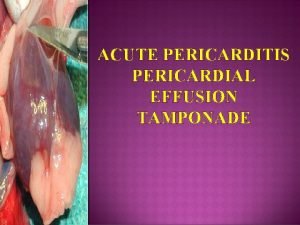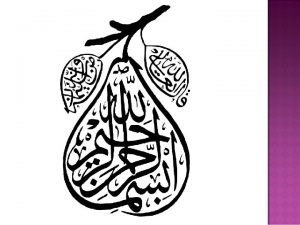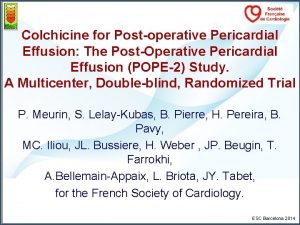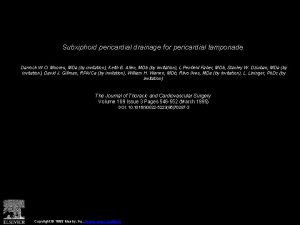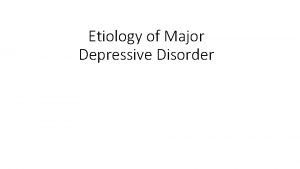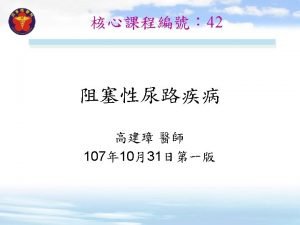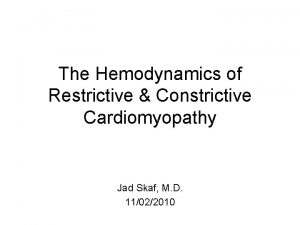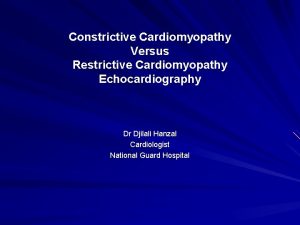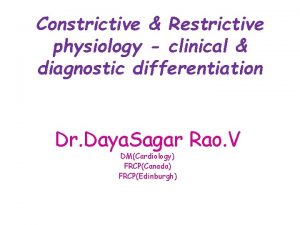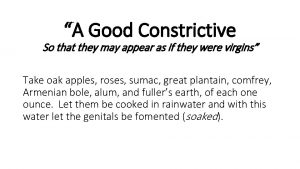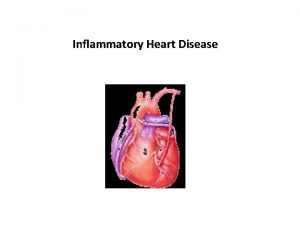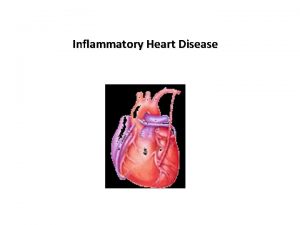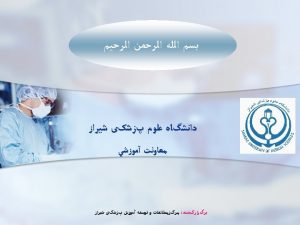Pericardial Disease Simulation training Curriculum Constrictive Pericarditis Etiology








































- Slides: 40

Pericardial Disease Simulation training Curriculum

Constrictive Pericarditis Etiology • • • Idiopathic Irradiation Post-surgical Infectious Neoplastic Connective tissue disorder • • • Uremia Trauma Sarcoid Methysergide therapy Epicardial implantable defibrillator patches CATHSAP 6: Coronary Angiography and Intervention

CATHSAP 6: Coronary Angiography and Intervention

CATHSAP 6: Coronary Angiography and Intervention

CATHSAP 6: Coronary Angiography and Intervention

CATHSAP 6: Coronary Angiography and Intervention

Kussmaul’s Sign CATHSAP 6: Coronary Angiography and Intervention

CATHSAP 6: Coronary Angiography and Intervention

CATHSAP 6: Coronary Angiography and Intervention

Cardiac Tamponade 40 20 0 CATHSAP 6: Coronary Angiography and Intervention

Balloon Pericardiotomy

Case 1: Constrictive Pericarditis • • • 64 year old female 1 Year s/p 3 -vessel CABG Presents with 6 months of progressive dyspnea and atypical chest pain At angiography, all grafts are patent Hemodynamics

40 Right atrium 20 0

40 20 0 LV vs. RV

40 20 0 LV vs. RV with Valsalva

Constrictive Pericarditis Right Atrial Tracing X-descent y-descent

Constrictive Pericarditis – LV vs. RV. Tachycardia Obscures Evaluation PVB

Kussmaul sign

CATHSAP 6: Coronary Angiography and Intervention

CATHSAP 6: Coronary Angiography and Intervention

CATHSAP 6: Coronary Angiography and Intervention

Restrictive Cardiomyopathy

Ventricular Interdependence During Respirations Differentiates Constrictive Pericarditis from Restrictive Cardiomyopathy Constrictive Pericarditis (LV and RV discordant) Hurrell et al, Circulation 1996; 93: 2007 Restrictive Cardiomyopathy (LV and RV concordant)

Sensitivities, Specificities, Positive Predictive Values, and Negative Predictive Values as a Function of Criteria Hurrell et al, Circulation 1996; 93: 2007

Constrictive Pericarditis vs. Restrictive Cardiomyopathy • Greater ventricular interdependence in constrictive pericarditis • Greater separation of diastolic pressure in restrictive cardiomyopathy • LV and RV diastolic filling more rapid in constrictive pericarditis • Pulmonary pressures higher in restrictive cardiomyopathy • Adjunctive tests: evidence of pericardial thickening (normal 1 -2 mm; thickening ≥ 3 mm); pericardial calcification, RV biopsy, exploratory thoracotomy

Case 3: Pericardial Tamponade • 37 year old female • 2 day history of dyspnea, fatigue and dizziness • Mastectomy for breast cancer 3 years ago • Echocardiogram suggests pericardial tamponade • Hemodynamics

Cardiac Tamponade Pulsus Paradoxus 200 Femoral artery inspiration 100 0 expiration

40 Right atrium 20 0

40 20 0 Right ventricle

40 20 0 Pulmonary artery

40 20 0 Pulmonary capillary wedge

40 Before Pericardiocentesis; Pericardium vs. RA 20 0

After Pericardiocentesis 40 20 Right atrium Pericardium 0

After Pericardiocentesis 40 20 0 Right ventricle

After Pericardiocentesis 40 20 0 Pulmonary capillary wedge

Long-Term Effectiveness of Pericardiocentesis • 2/3 of patients with malignant pericardial effusions redevelop tamponade after a median of 7 days • More than 80% of patients with non-malignant pericardial effusion require no further intervention Laham et al, Heart 1996; 75: 67

Variants on Constrictive-Restrictive Physiology • Acute enlargement of the heart with constriction by normal pericardium – right ventricular infarct, tricuspid regurgitation, mitral regurgitation • Low pressure tamponade • Effusive-constrictive pericarditis • Single chamber tamponade • Localized constriction • Occult constrictive pericarditis

Severe, Acute Tricuspid Regurgitation Associated With Constrictive. Restrictive Physiology

Severe, Acute Mitral Regurgitation Associated With Constrictive-Restrictive Physiology

Variants on Constrictive-Restrictive Physiology • Acute enlargement of the heart with constriction by normal pericardium – right ventricular infarct, tricuspid regurgitation, mitral regurgitation • Low pressure tamponade • Effusive-constrictive pericarditis • Single chamber tamponade • Localized constriction • Occult constrictive pericarditis
 Neck veins waves
Neck veins waves Broadbent sign in constrictive pericarditis
Broadbent sign in constrictive pericarditis Classification of periapical diseases
Classification of periapical diseases Lacunar infarct meaning
Lacunar infarct meaning What's the world's population
What's the world's population Japan population pyramid
Japan population pyramid Pericardial fluid
Pericardial fluid Middle mediastinum: contents mnemonic
Middle mediastinum: contents mnemonic Oblique pericardial sinus
Oblique pericardial sinus What are the 5 heart sounds
What are the 5 heart sounds Sulcus terminalis heart
Sulcus terminalis heart Pericardial friction
Pericardial friction Sterno pericardial ligament
Sterno pericardial ligament Pericardial membrane
Pericardial membrane Pericardial cavity
Pericardial cavity Borders of heart
Borders of heart Mediastinum boundaries and contents
Mediastinum boundaries and contents Pericardial cavity
Pericardial cavity Criminology etiology
Criminology etiology Etiological models of addiction
Etiological models of addiction Types of bronchial asthma
Types of bronchial asthma Status asthmaticus pathophysiology
Status asthmaticus pathophysiology Stages of appendicitis
Stages of appendicitis Rampant caries and nursing bottle caries
Rampant caries and nursing bottle caries Sample pes statements
Sample pes statements Etiology
Etiology Etiology synonym
Etiology synonym Etiology
Etiology Amniotic fluid color abnormalities
Amniotic fluid color abnormalities Etiology synonym
Etiology synonym Etiology of malaria
Etiology of malaria Tb test
Tb test Signs of myocarditis
Signs of myocarditis Pericarditis vs myocarditis
Pericarditis vs myocarditis Icd 10 bph with retention
Icd 10 bph with retention Electrocardiograma pericarditis
Electrocardiograma pericarditis Plegaria mahometana pericarditis
Plegaria mahometana pericarditis Pericarditis vs myocarditis
Pericarditis vs myocarditis Mediastinitis
Mediastinitis Pericarditis
Pericarditis Myocardial infarction pain location
Myocardial infarction pain location
